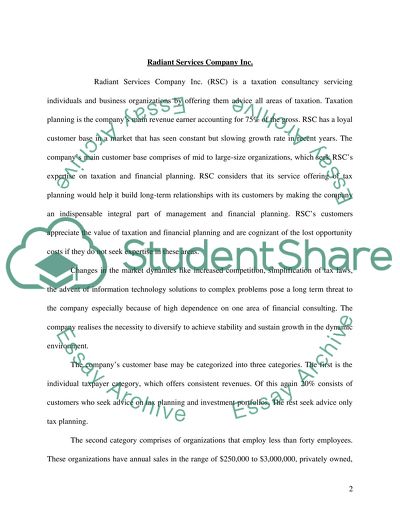Cite this document
(Strategic Marketing Plan: Radiant Services Company Inc Term Paper, n.d.)
Strategic Marketing Plan: Radiant Services Company Inc Term Paper. Retrieved from https://studentshare.org/marketing/1510279-strategic-marketing-plan-master-essay
Strategic Marketing Plan: Radiant Services Company Inc Term Paper. Retrieved from https://studentshare.org/marketing/1510279-strategic-marketing-plan-master-essay
(Strategic Marketing Plan: Radiant Services Company Inc Term Paper)
Strategic Marketing Plan: Radiant Services Company Inc Term Paper. https://studentshare.org/marketing/1510279-strategic-marketing-plan-master-essay.
Strategic Marketing Plan: Radiant Services Company Inc Term Paper. https://studentshare.org/marketing/1510279-strategic-marketing-plan-master-essay.
“Strategic Marketing Plan: Radiant Services Company Inc Term Paper”, n.d. https://studentshare.org/marketing/1510279-strategic-marketing-plan-master-essay.


